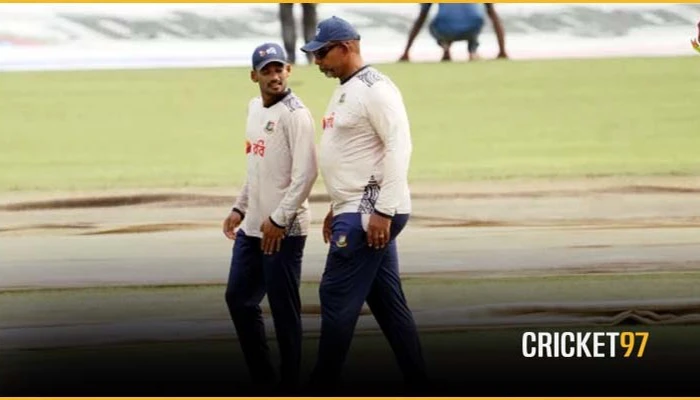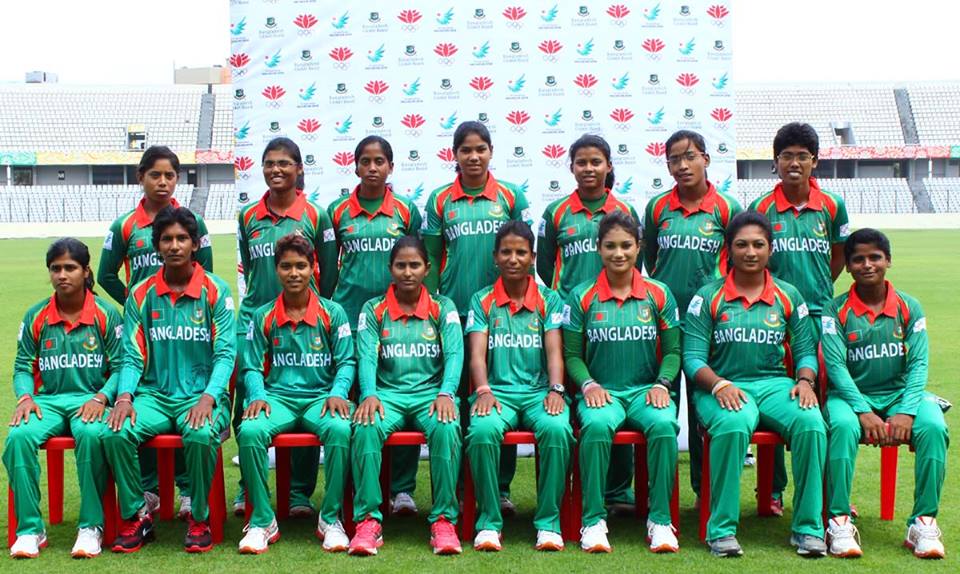Are Faruque and Simmons Following the Path Set by Papon and Hathurusingha?
97 Repoter: Mohammed Afzal
Publish: 1 year ago Update: 1 second ago-
1
Conway-Latham record stand powers New Zealand to 334-1 on opening day
-
2
Archer shines with both ball and bat as England trail by 158 in first innings
-
3
Pakistan Series Likely to be Held in Two Phases in Bangladesh
-
4
Rishad strikes twice early, but Hobart fall to Melbourne Stars
-
5
New Zealand Post Mammoth Total on Devon Conways Double Century

Are Faruque and Simmons Following the Path Set by Papon and Hathurusingha?
Are Faruque and Simmons Following the Path Set by Papon and Hathurusingha?
When was the last time Bangladesh fielded a single pacer in a Test? The answer isn't far off, as the memory of that winning game is still fresh. In November last year, Bangladesh played a Test in Sylhet with only one pacer, relying on Taijul Islam's spin to secure victory. However, this time they couldn't replicate that success, losing the Dhaka Test to South Africa by seven wickets while fielding just one pacer.
Bangladesh's reliance on spin at home is nothing new. It was former head coach Chandika Hathurusingha who introduced the strategy of using spin-friendly pitches against strong teams like New Zealand, Australia, England, and South Africa. This approach, supported by former BCB president Nazmul Hassan Papon, aimed to mask failures in away series by leveraging home-field advantage.
In November, Hathurusingha adopted this tactic again to overcome the disappointment of the 2023 World Cup, preparing a spin-friendly pitch against New Zealand with only one pacer. Bangladesh secured an impressive victory, thanks to Taijul’s spin magic, but fell short in the following Test, losing by four wickets.
Despite the change in leadership, with former captain Faruque Ahmed replacing Papon as BCB president and West Indian Phil Simmons taking over as head coach, Bangladesh's approach remains unchanged. The focus is still on creating favorable conditions at home to compensate for away failures. Faruque and Simmons seem to be following the path laid out by Papon and Hathurusingha.
Bangladesh recently lost to South Africa on a spin-friendly Dhaka pitch, where the visiting pacers dominated, taking 16 of the 20 Bangladeshi wickets that fell. While Taijul Islam managed eight wickets, Rabada's pace dismantled Bangladesh’s batting order, capturing nine wickets, including six in the second innings, marking his 300th Test wicket.
Though home advantage isn’t unusual, Bangladesh’s over-reliance on spin-friendly pitches raises questions about long-term development. This trend began under Hathurusingha in 2016 when Bangladesh defeated England on a spin-friendly pitch in Mirpur, followed by another spin-based victory over Australia in 2017. Yet, the strategy faltered in foreign conditions.
Despite a push toward pace-bowling strategies during the Mominul-Domingo era, the dependence on spin at home continued under Hathurusingha in his second tenure. The lack of batting depth was evident against South Africa, while Bangladesh’s bowlers struggled to leverage their home advantage against superior opponents.
Faruque and Simmons now face the challenge of overcoming recent losses by adopting familiar tactics, hoping for short-term victories but potentially at the expense of long-term development.














